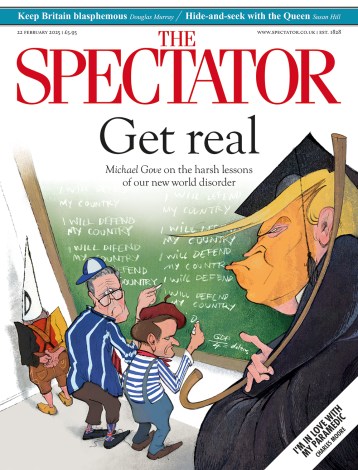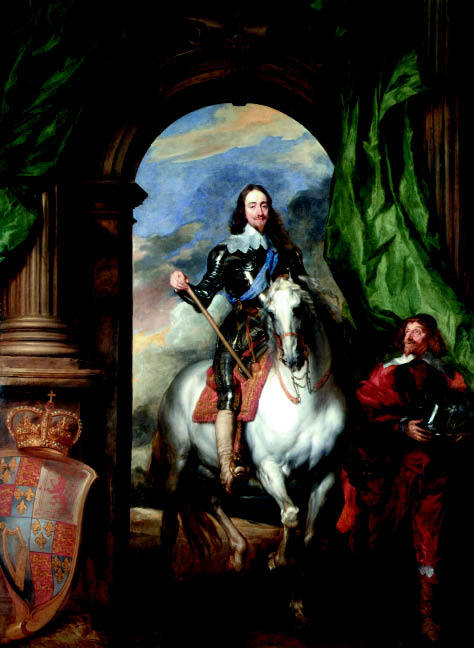Governments in early modern England, having no standing army nor a civil service to speak of, required the consent of the governed. Authority had to be ‘culturally constructed’. That is the starting-point for Kevin Sharpe’s monumental investigation into royal branding in the age of the Tudors and Stuarts. In the first volume of a projected trilogy, Selling the Tudor Monarchy, he argued that the Tudors made the person of the monarch more important than administrative procedures in establishing royal authority. Elizabeth, in particular, fixed in the national memory by her portraits, played down political divisions and ‘privileged her image over actions and events’, making the sovereign the sacred ‘unifying embodiment of the nation’.
England welcomed the arrival of James I on the throne with something of relief. He was descended from Margaret Tudor, he was Protestant and he had succeeded without bloodshed. But he still had a difficulty. He needed to brand a new dynasty.

Get Britain's best politics newsletters
Register to get The Spectator's insight and opinion straight to your inbox. You can then read two free articles each week.
Already a subscriber? Log in






Comments
Join the debate for just $5 for 3 months
Be part of the conversation with other Spectator readers by getting your first three months for $5.
UNLOCK ACCESS Just $5 for 3 monthsAlready a subscriber? Log in